"Wow!” A wide, gently curving beam of bright white light erupts across the nose of the car. At its ends, the light thickens and intensifies to echo another pair of lights that floats beneath. It’s a little otherworldly. Are we looking at the future? Perhaps. These illuminations are performed by the Hyundai Nexo, Hyundai’s second production fuel-cell car, lighting up at night with a key fob’s click.
Most car manufacturers – Toyota, Mercedes and Honda excepted – are miles from even offering their first hydrogen-fuelled production car, never mind a second. Hyundai’s first showroom fuel-cell car was a converted iX35 SUV. The Nexo travels a whole lot further – literally, in terms of range and stack life – by sporting a bespoke and rather stylish design. In daylight, its looks aren’t quite as out there as a front-end lighting signature that caused a car-nut mate to exclaim before I drove off into the dark, but this is a handsome SUV. As well as a shapely body, the Nexo flaunts plenty of pleasing visual details, such as the Ferrari-esque floating D-pillars and the ribbed inserts at the base of the doors that reference the innards of a fuel-cell stack. The Nexo’s cabin is no less impressive: the broad, silvery sweep of its centre console is as striking as the canopied digital instrument pack and its offbeat displays of fuel cylinders.

Never mind the show, though. We’ve been running this car for six weeks to see how practical it is to live with a fuel-cell car, and to drive it to the Frankfurt motor show – a round trip of just over 1000 miles from where your reporter lives in Hertfordshire. That home also happens to be only 15 miles from the nearest hydrogen pump – at Beaconsfield services on the M40, a few miles from the M25. Given the Nexo’s theoretical range of more than 400 miles – way better than most EVs – living with this car is a lot more practical than it sounds given that the UK currently has only eight hydrogen stations. That most of those eight are in the south-east is helpful – if you live in the south-east, of course – and still more helpful is that you can refuel a Nexo in under 15 minutes, a replenishment time that no battery EV can hope to compete with.

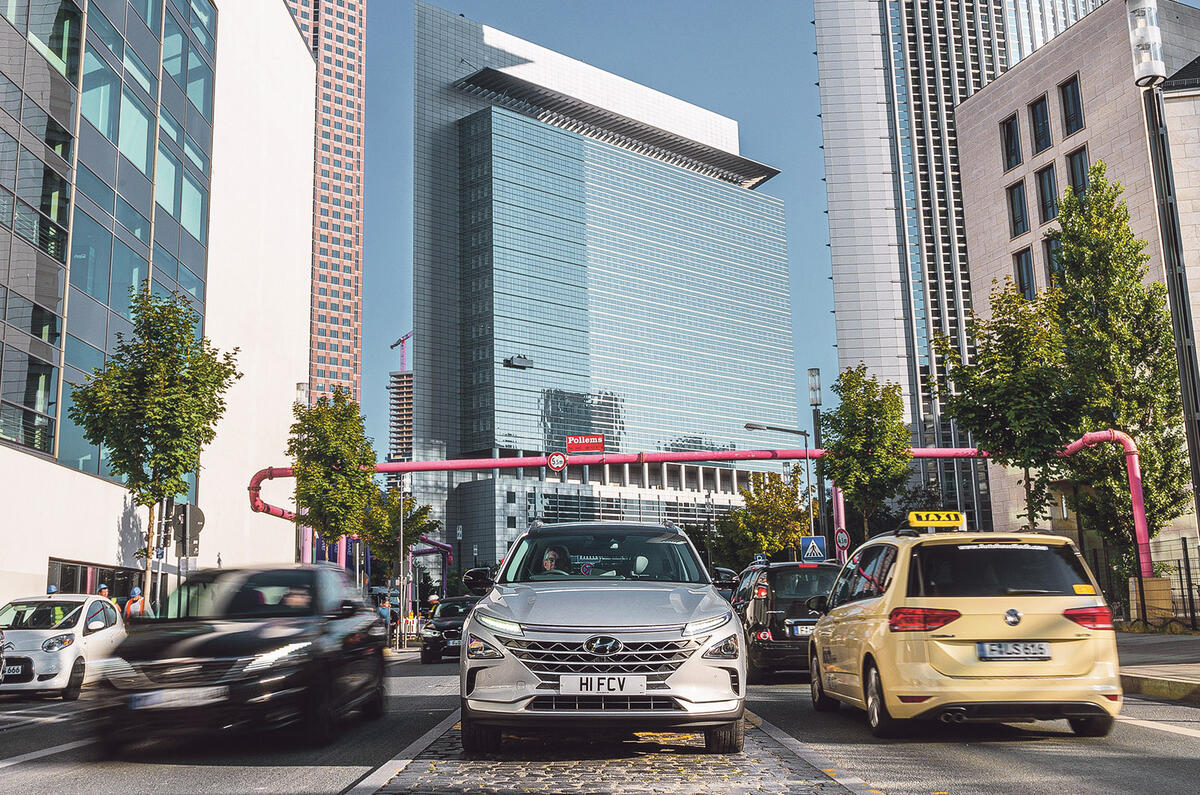




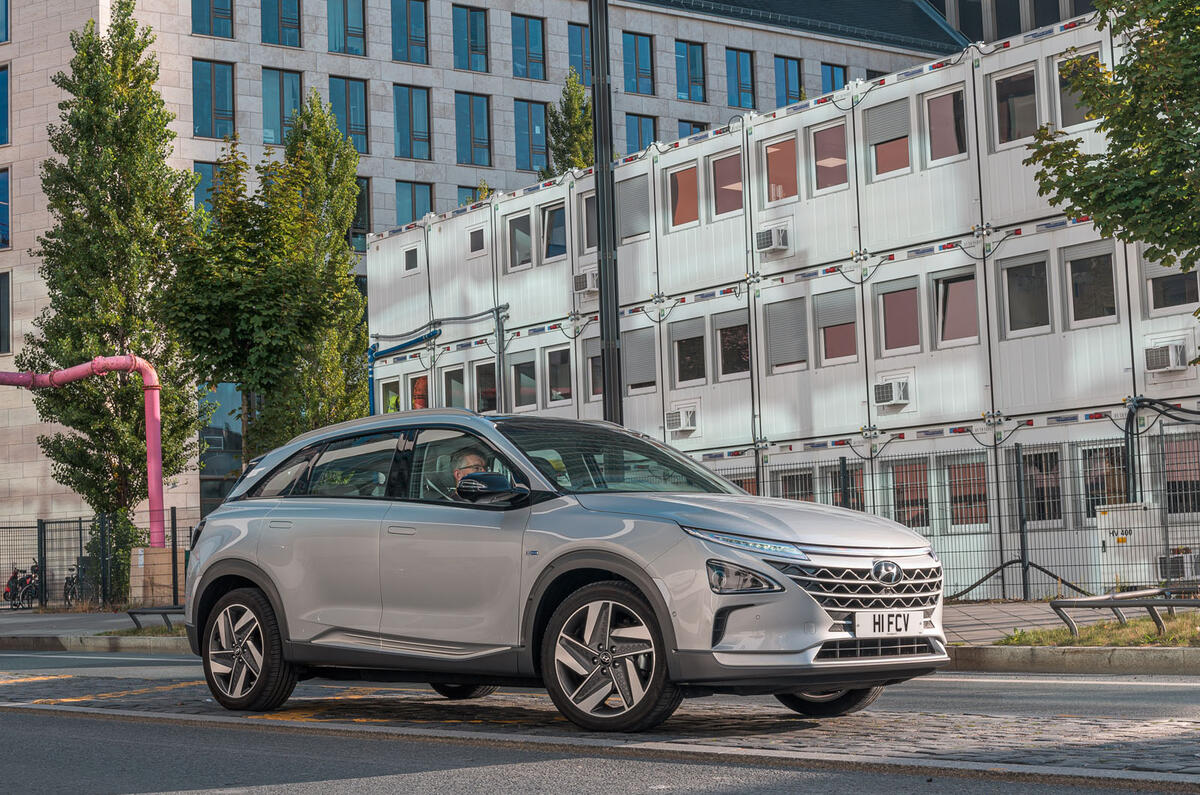
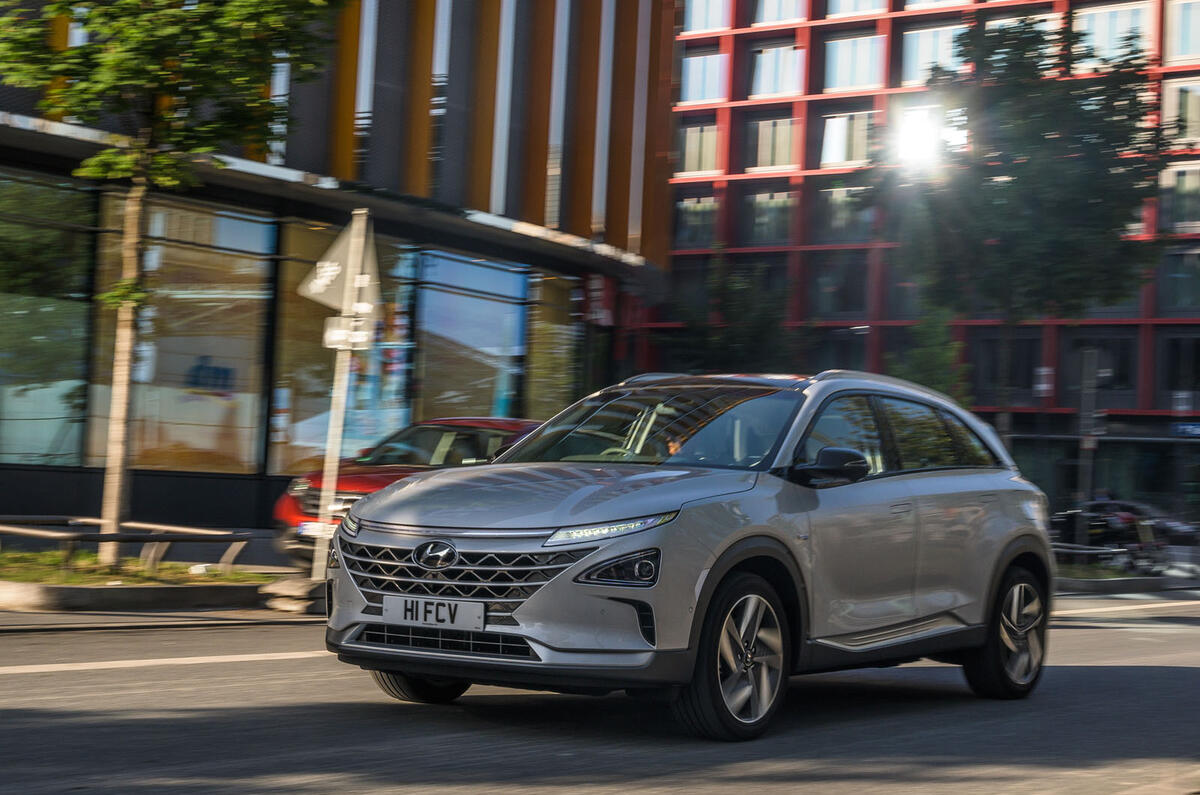
















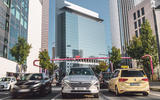























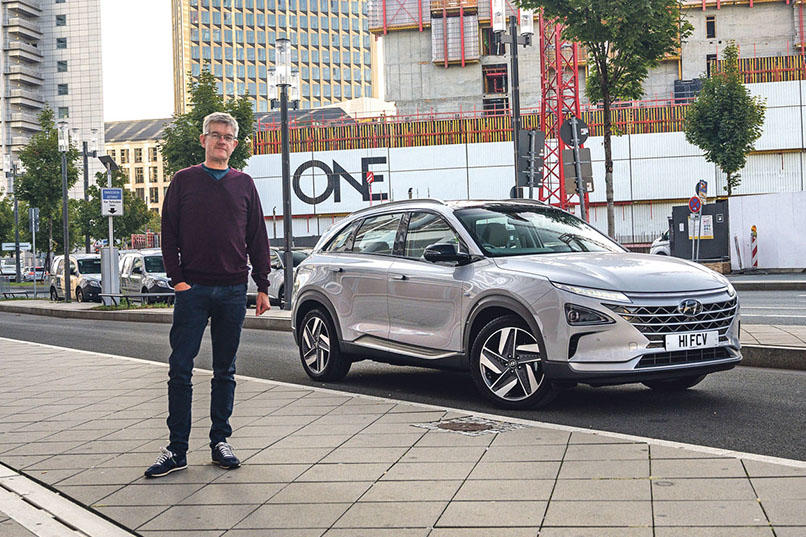
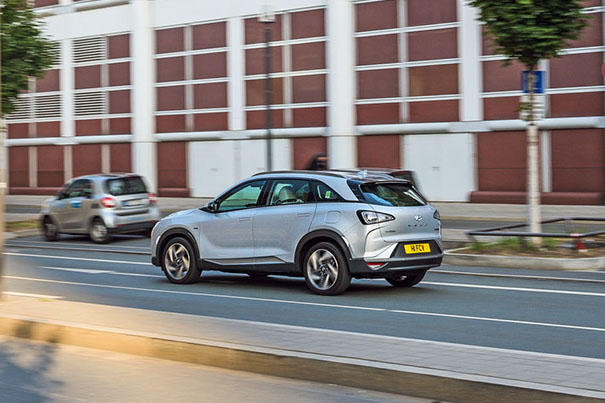





Join the debate
Add your comment
"Hydrogen offers an intriguing alternative to electric power."
Hydrogen *is* electric power in this case. That silly subtitle spoils the article...
More fake news
You cannot get hydrogen for 4.20 a kilo, it's more than double that. Autocar should know better than to pander to manufacturers press pressure. As to 66k not being so unreasonable, really.
Move it
£4.20 per kilograme per kilometer to transport hydrogen, NOT to buy it.
In which case
Is that signed for first class, crazy transport price. That's like saying it cost £3 to transport a gallon of petrol, it makes Hydrogen even more laughable as fuel to propel a car.
Many posters seem to be
Many posters seem to be falling into the trap of assuming all the obstacles and inconveniences noted in the article can never be changed by future developments. And it's ironic that those pointing them out defend EVs from fans of ICE in the same way.
I think it makes sense to try and develop multiple alternative fuel sources for the future.
Posters
Yes it makes sense to develop multiple sources but don't put them on the road until it makes sense. The other problem is it diverts money from R and D (where's a decent Toyota BEV) into a dead end pit.
As to the timing of this article, Honda's CEO has just been quoted as saying they have NO plans for any more hydrogen cars in Europe! I can also see the Clarity being pulled from the states with the Mirai being next for the chop judging by it's dire leasing rate which is getting worse despite being virtually given away
xxxx wrote:
You think Toyota will drop the 2021 Mirai before it's even been released? That would be a ballsy and, as far as I'm aware, unprecedented move.